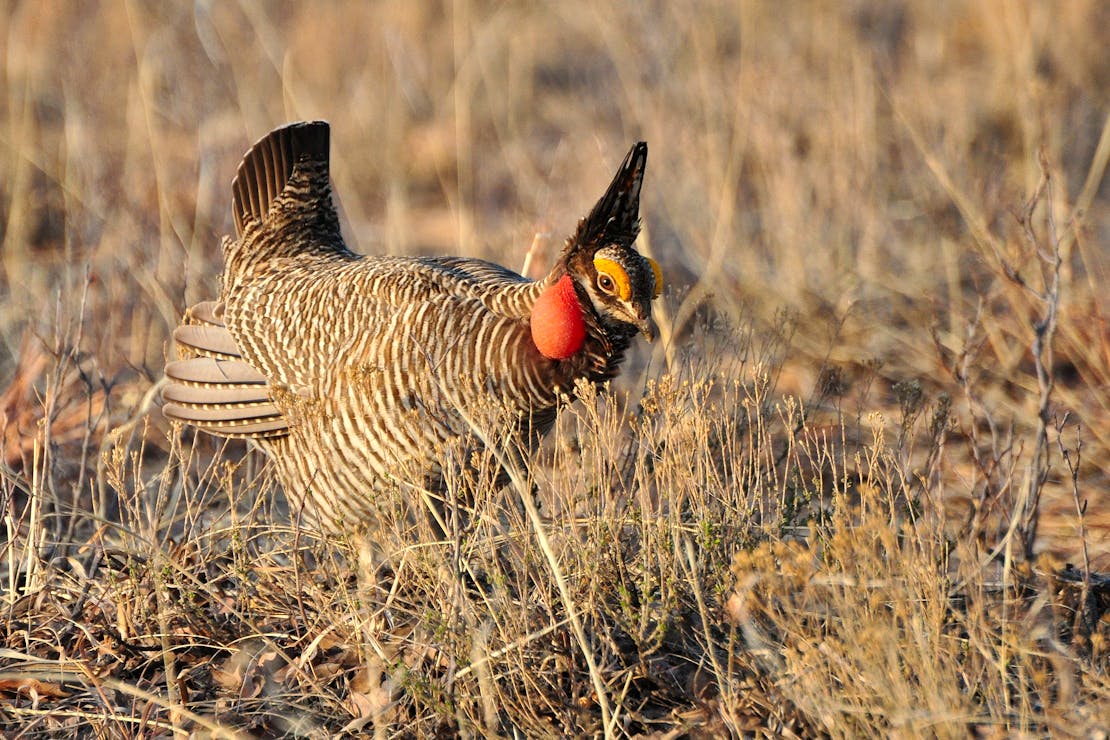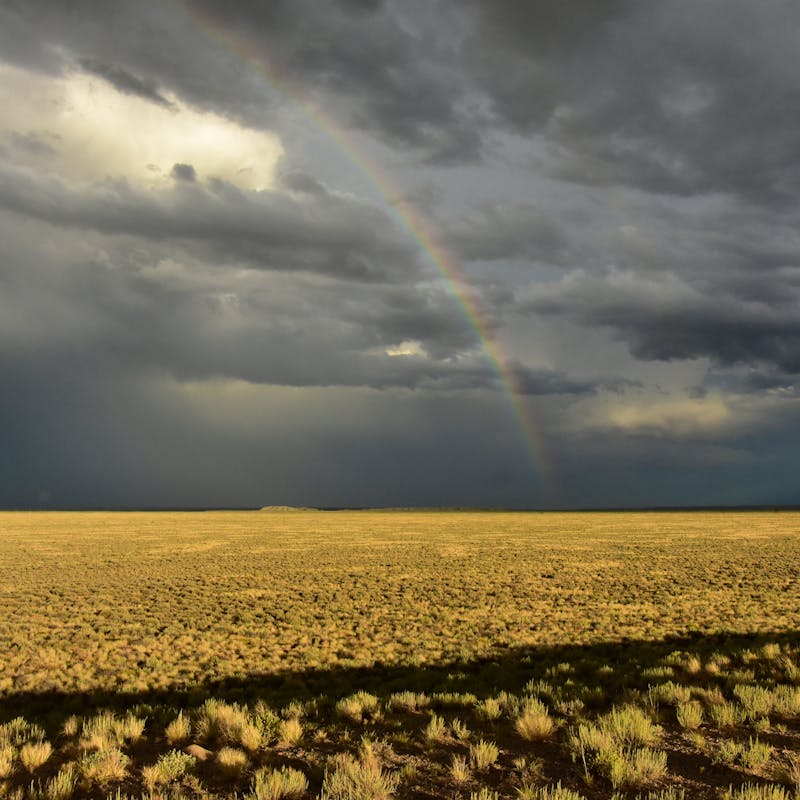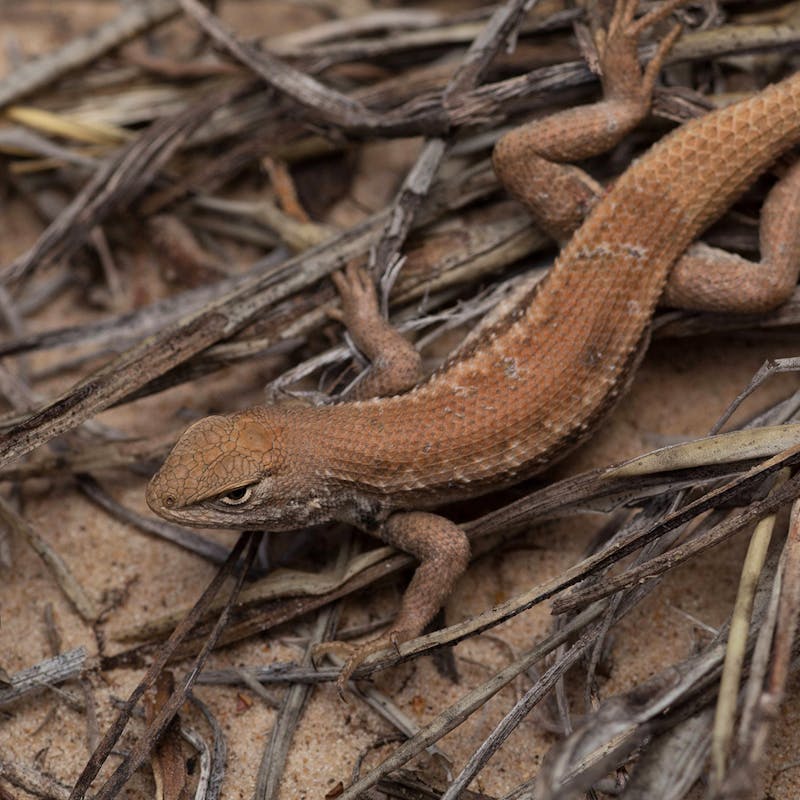Join our mobile Rapid Response Network!
You can be the first to hear about how we’re going to hold the next administration accountable and how you can fight back for wildlife!
The lesser prairie-chicken is an imperiled southwestern prairie grouse facing increasing threats to its population and habitat.
An icon of the Southern Plains, this charming bird once numbered in the millions but the population has declined by as much as 97 percent and the species now occurs on just 16 percent of its original range.
The U.S. Fish and Wildlife Service finally listed the lesser prairie-chicken as threatened under the Endangered Species Act in 2014, but the listing decision was vacated by a federal court in Texas a year later. Ongoing threats include habitat loss and fragmentation from the conversion of native grasslands to cropland, energy development, fire suppression, drought and the use of herbicides to destroy shinnery oak habitat.
Lesser prairie-chicken is threatened by habitat loss and fragmentation, and climate change.
The lesser prairie-chicken's status under the Endangered Species Act is under review.

Defenders' Impact
Defenders and partners petitioned the Fish and Wildlife Service in 2016 to relist the lesser prairie-chicken under the Endangered Species Act (ESA), and has since initiated litigation to compel the agency to respond to the petition.
Defenders’ Center for Conservation Innovation provided important new information to this effort. Their study compared satellite imagery of lesser prairie-chicken habitat produced between September 1, 2015, when ESA protections were removed, and April 1, 2017, and found significant habitat loss and degradation from energy development and agricultural conversion during the 19-month period.
Defenders encourages renewable energy developers to identify suitable, wildlife-friendly sites for wind and solar development in the Southern Plains. We also advocate for Congressional authorization and implementation of federal Farm Bill conservation programs to support private landowners to conserve lesser prairie-chicken and shortgrass prairie on their lands.
What You Can Do
Support landowners to practice responsible stewardship of prairie-chicken habitat and voluntarily participate in conservation initiatives.

About
Lesser prairie-chickens historically occupied huge swaths of sand sagebrush and shinnery oak grasslands in Colorado, Kansas, New Mexico, Oklahoma and Texas. Today, the species occupies just 16 percent of that range.
In 2018, spring counts estimated 38,637 breeding lesser prairie-chickens range-wide.
Spunky lesser prairie-chicken males perform a fascinating and energetic mating display to the delight of wildlife enthusiasts and, for some unknown reason, female lesser prairie-chickens who scrutinize their performance.
Lesser prairie-chickens, like other prairie grouse, display and mate on leks.
Lesser prairie-chickens forage for insects, seeds, acorns and native plants.
News

Defenders Raises Alarm on Bill to Prevent Expansion of Muleshoe Wildlife Refuge









